
Scott Park
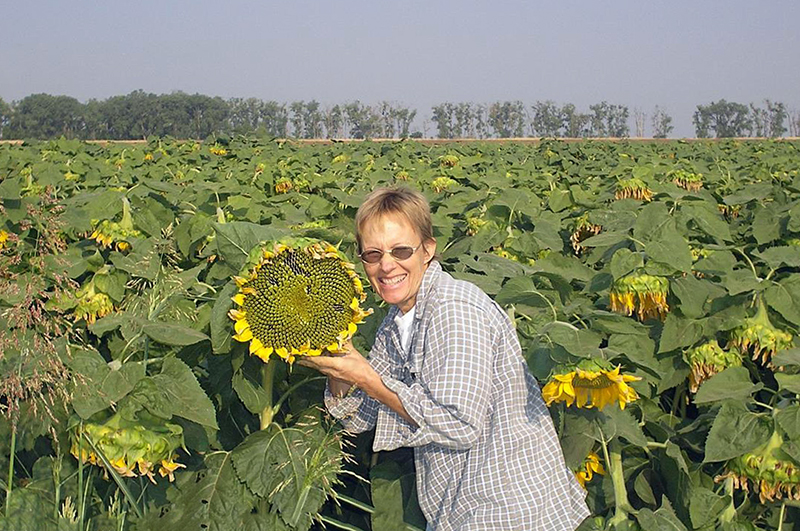
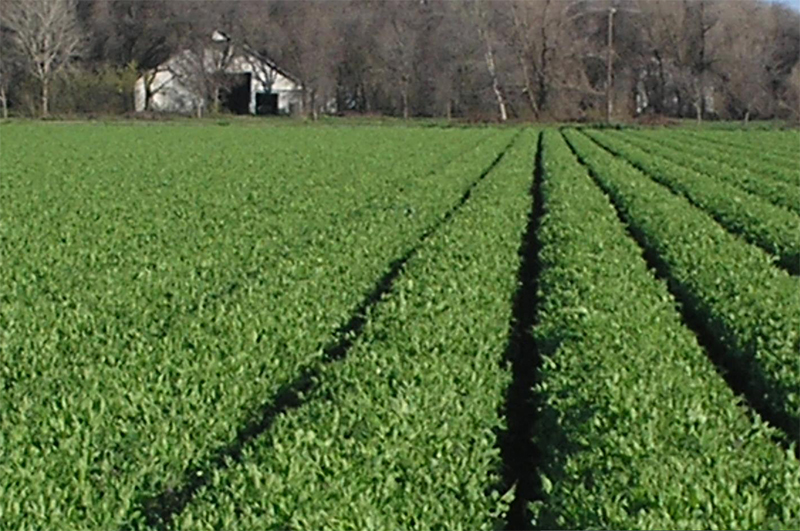
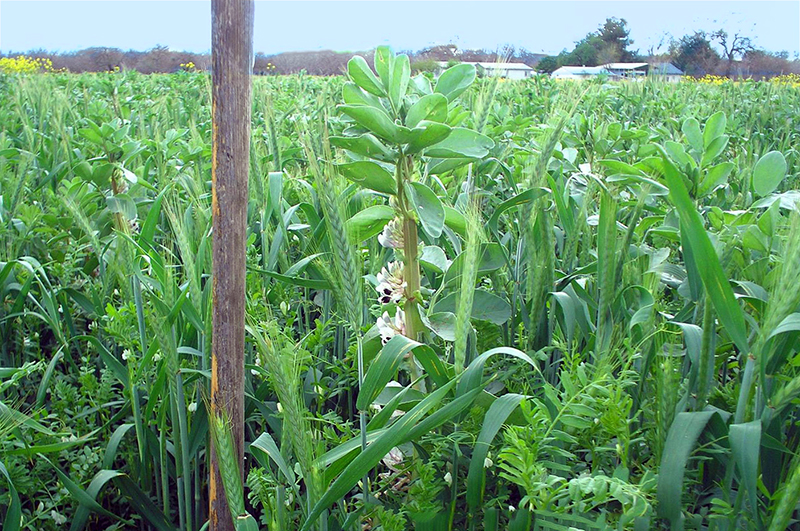
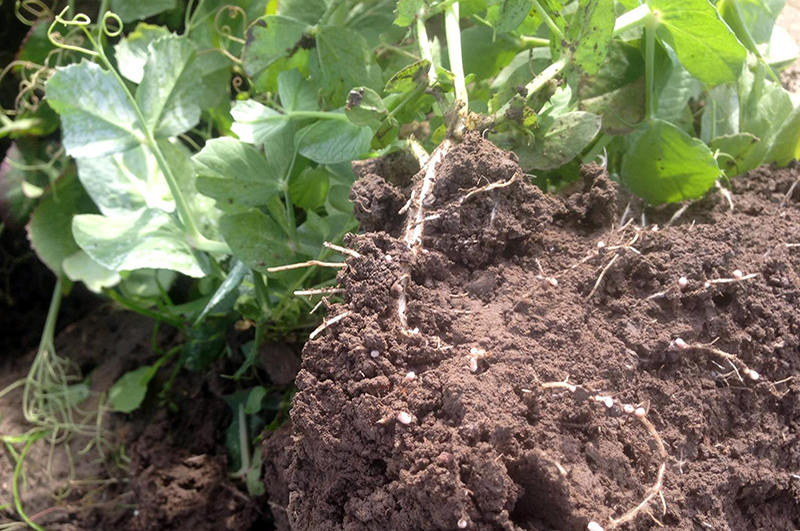
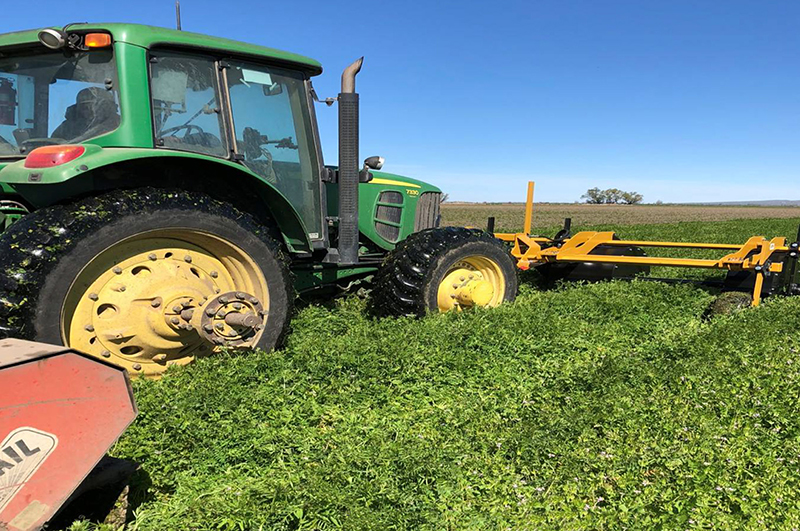
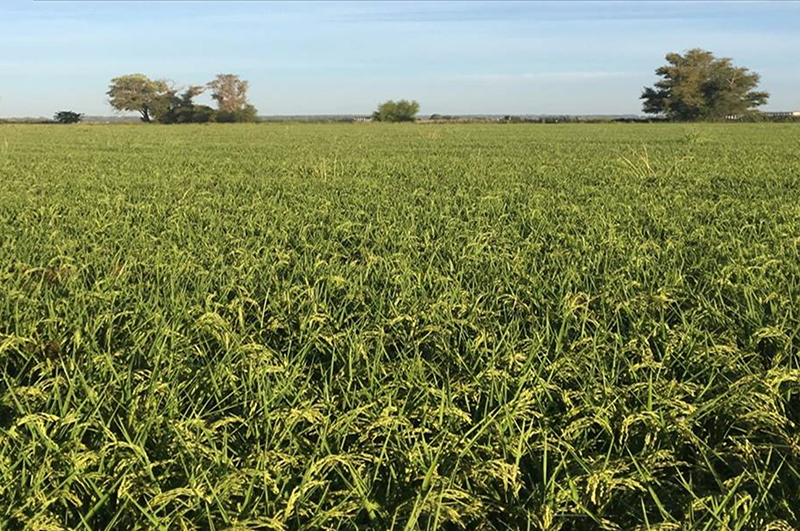
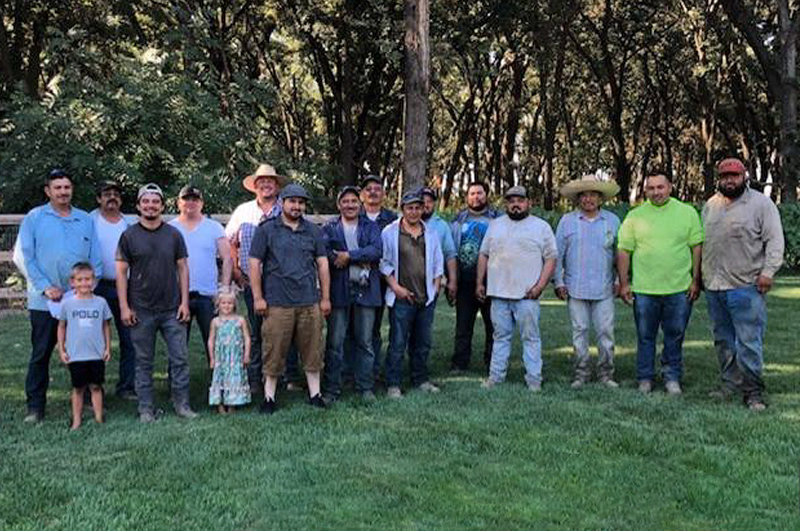
Scott Park of Park Farming Organics(opens in new window) has been farming for nearly 50 years. His family has no history with agriculture, yet he successfully farms 10-20 crops on 27 fields spread over 10 miles on 1,700 acres in Meridian, CA. Almost all of the acreage has been certified organic by California Certified Organic Farmers (CCOF). But it wasn't always this way.
Park started out growing conventional tomatoes. But in the fall of 1985 he leased a new field and was shocked to discover that the ground was soft. It didn't seem to need the intensive tilling his other fields, just a quarter mile away, always required. He endeavored to find out what the previous farmers had done and thus began his journey into transitioning his fields to organic and then regenerative practices. He now believes that his old approach to farming ruins the soil and has adopted a variety of practices that puts the soil first.
Crop Rotation, Cover Crops, and Compost
One of Park's first goals was to keep the soil covered and have a live root system in the ground as much of the year as possible. Although he started out in tomatoes, Park’s crop portfolio has expanded to include rice, corn, wheat, millet, dry beans, herbs, cantaloupe, watermelon, cucumbers, pumpkins, squash, lettuce, gourds, stevia, coriander, flax, snow peas, safflower, sunflowers, walnuts, vineyard, row crops, livestock and more. His rotational plan is based on the idea that the previous crop helps the next one. For example, he likes to plant beans after rice because they fix nitrogen into the soil that the rice depletes without needing such a rich environment themselves. He plants wheat after that because it prefers nitrogen added to the soil. Ideally, he says, that he'd be doing four crops in succession: tomatoes, rice, beans, and wheat but the realities of the market demand flexibility. He uses a diverse portfolio to make the best choices for his soil and still have the ability to respond to what's providing the best economic return and the needs of his buyers.
At any given moment each year, 700 of his 1,700 acres are planted with cover crops. These are planted in between every crop rotation. He typically uses a combination of oats, wheat, and vetch because the legumes and cereal crops grow at complimentary times. He tends to seed the cover crop in November and discs it into the soil in March, before the soil dries out. However, that doesn't work so well with tomatoes because they need to be planted too early. He uses African Black Eyes in between wheat and tomato seasons because they die with the first frost in November or December and will dry in time to be incorporated into the soils early in the spring before tomatoes are planted in mid-March.
Incorporating plant residue along with compost and other soil amendments is an integral part of keeping the soil healthy for Park Farming Organics. The straw and stalks leftover after the rice, wheat and corn is harvested gets laid down onto the field to dry out after every season. Later when it is disced into the soil, it helps provide organic matter that keeps the soil healthy and better able to retain water. He estimates that his farming operation adds, on average, 10-12 tons of organic matter per year in the form of crop residue, cover crops, and compost. He adds soil amendments such as green waste, chicken litter, seaweed, microbial stimulants and gypsum as needed. Park is quite certain this approach has diminished his water needs and also saves him money in regards to fertilizers. For example, chicken manure costs him between $0.75-$1 per lb, as opposed to around $8.25 per pound for liquid nitrogen fertilizer.
The Benefits of Regenerative Practices are Worth the Challenges
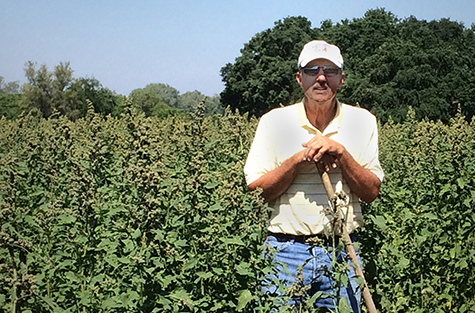 Park says that through doing this work he has come to appreciate the intricate web of life. “Healthy soil solves most problems farmers face. You do not need to go outside the normal functioning of nature to have a productive farm,” he said. His current thinking comes from mistakes, hard work, several test plots and the power of observation.
Park says that through doing this work he has come to appreciate the intricate web of life. “Healthy soil solves most problems farmers face. You do not need to go outside the normal functioning of nature to have a productive farm,” he said. His current thinking comes from mistakes, hard work, several test plots and the power of observation.
Park admits that making these choices, especially with the learning curve and mistakes that it has involved, has been challenging financially. But, he says, “I’ve seen the ground, the environment, and the water all improving from our practices.” Not only that, he's been able to provide almost year round work for eight full-time employees and three part-time ones. Park's regenerative methods now include soil management, cover crops, conservation tillage, crop rotation, controlled traffic, compost, crop residue, conserving inputs, care of crew, and connection to the soil. He also makes sure to preserve the native vegetation, trees and grasses on the edges of his fields to provide habitat for native pollinators. His motto is PEP: Profit, Environment, and People. When that is all better off he is positive he's doing the right thing.
For those who are thinking about implementing regenerative agriculture on their own farms, Park gives this reminder:
“Regenerative practices make the farm money while improving the soil and the surrounding environment. Every year as the farm improves, the risk associated with farming and all the vagaries of nature lessens. The surrounding community benefits from the cleaner air, water, increased wildlife and lack of pesticides permeating their food.”
As it stands, his farm’s net/acre is competitive with the more successful row and field crops in California. “The unmeasurable part of my net is that all my inputs are helping the farm for years to come, versus inputs that are temporary fixes." His future plans are to have the farm be completely self-sustaining, free from all external inputs. And he believes this is possible. The proverbial soil bank is functioning and spewing dividends!”
"As the soil becomes healthier, the bottom line improves due to the reduction in water, Nitrogen, and soil disturbance. Yields seem to stay comparable to conventional methods, but quality clearly improves which sometimes ends up as a yield increase because of less loss. There is a time factor of approximately three years. There are many intangibles from healthy soil that are hard to quantify financially, but add up to dollars in the farmer's pocket—resiliency, eliminating erosion, shrinking inputs over time (seed, water, nitrogen), soil dries faster yet holds moisture better, earlier plantings, less disease, less insects, less stress over weather changes, large corporations wanting to support regen farming, beneficial insect populations increase over time, and potential to be paid more for your product due to nutrient density."
